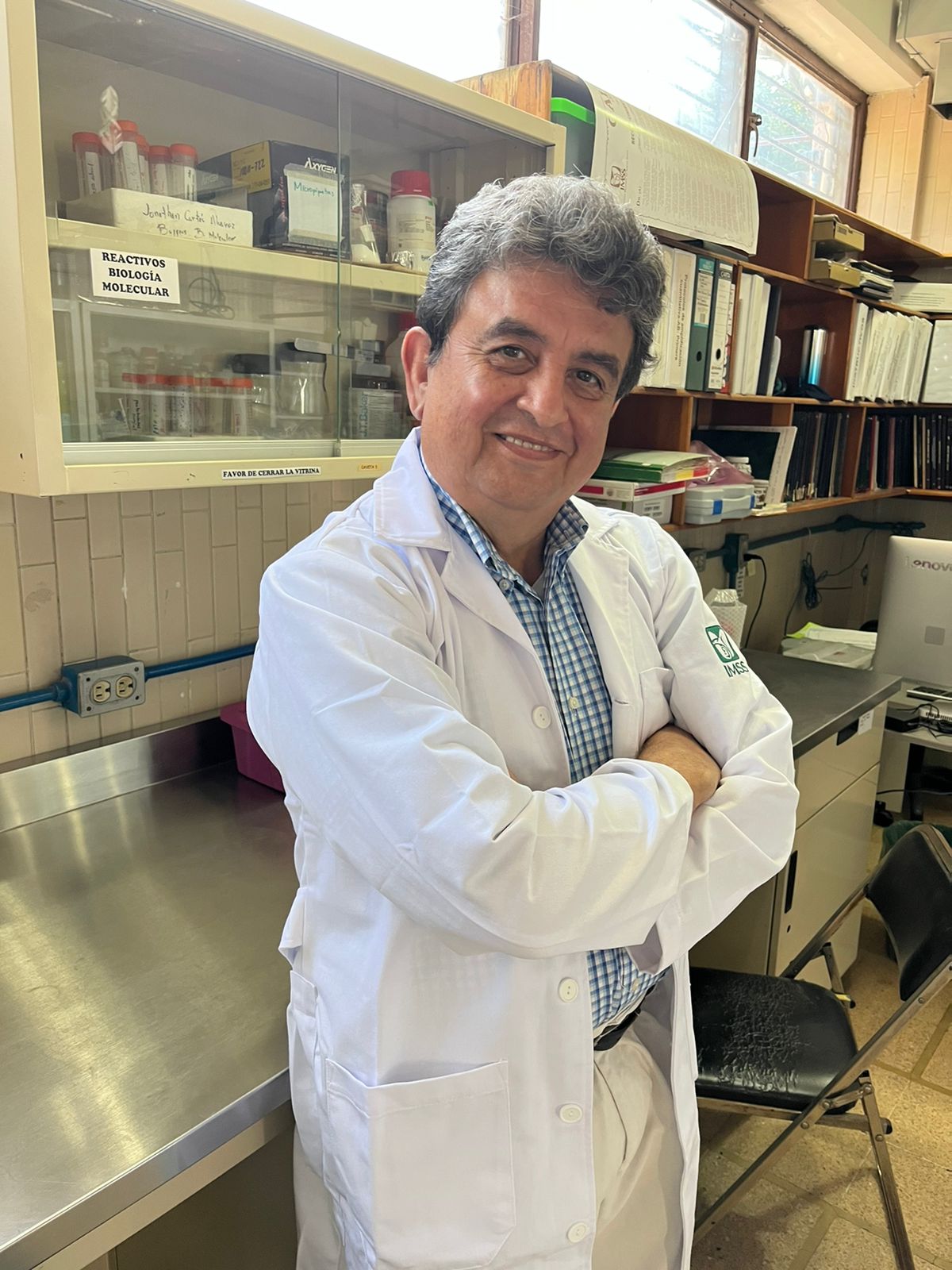
Ethnopharmacological relevance: Popularly known as "escoba" (broom) or "escobilla china" (Chinese brush), Baccharis conferta Kunth (Asteraceae), is a plant widely used in Mexican folk medicine for alleviating muscular and rheumatic pain. A recent study described that dichloromethane extract as well as fractions and isolated compounds, possess anti-inflammatory activity in TPA-induced acute edema. Aim of the study: Based on the popular medicinal uses of B. conferta as well as previous studies on its anti-inflammatory activity, the aim of this research was to evaluate the anti-arthritic and anti-inflammatory effects of dichloromethane extract, fractions, and compounds from B. conferta in a monoarthritis model induced with kaolin/carrageenan (K/C). Materials and methods: Aerial parts of B. conferta were collected, dried, and macerated with dichloromethane. The dichloromethane extract (BcD) was separated by open column chromatography to obtain the BcD2 fraction where the diterpene kingidiol (KIN) was isolated and from the BcD3 fraction the flavonoid cirsimaritin (CIR), which are the most active compounds in the TPA model. In addition, the flavonoids acacetin, pectolinaringenin and 6-methoxykaempferide were identified and isolated from the BcD2 fraction. The content of the main compounds was estimated in BcD, BcD2 and BcD3. The anti-arthritic and anti-inflammatory effects of B. conferta were investigated by evaluating ankle joint inflammation, hyperalgesia using the hot plate test, and pro- and anti-inflammatory cytokine levels in the synovial capsule as well as histological changes in ankle joint tissue in a monoarthritis model induced with K/C in Balb/c mice. Results: Oral administration of BcD2 fraction (25 mg/kg) and KIN (10 mg/kg) reduced the ankle thickness induced by K/C and decreased the levels of TNF-α, IL-1β, IL-6 and IL-17, while BcD2 increased IL-10. In addition, BcD2 and KIN showed significant edema attenuation of the synovial membrane and decreased inflammatory infiltration and cartilage erosion compared to the VEH group. Finally, BcD (50 mg/kg), KIN (10 mg/kg) and CIR (5 mg/kg) decreased hyperalgesia. Conclusions: B. conferta constitutes a therapeutic or preventive candidate for osteoarthritis, because of decreased articular inflammation and pain accompanied with the modulation of cytokine concentrations, which confirms the anti-arthritic and anti-inflammatory activities of B. conferta and support its popular use.








